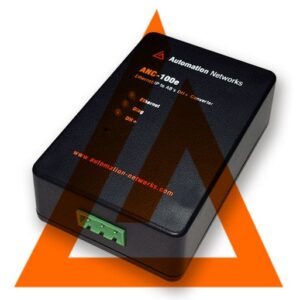Use Technology to Securely Link Operations, Enterprise & Supply Chain
Beth Parkinson, Market Development Director, Connected Enterprise, Rockwell Automation. http://www.rockwellautomation.com/global/news/blog/
The ability to leverage a Connected Enterprise for profitability expands dramatically with the breadth of an organization. It also becomes more complex — because leaders must balance the optimization of older (i.e., already depreciated) assets vs. the risk that these aging technologies are no longer secure or as reliable as they once were.
Rockwell Automation confronted these issues years ago in developing our own Connected Enterprise. The key? Remember that it’s a journey toward a Connected Enterprise, one that offers incremental returns that fund additional changes down the road.
Start by asking why your company wants a Connected Enterprise in the first place. Executives from across your organization — in all roles and functions — should discuss that question, and only thendevelop a strategy.
The plan should define performance targets (e.g., quality, speed, costs, productivity, profitability, etc.) and the new business intelligence needed to achieve those objectives (e.g., data for day-to-day decisions, continuous improvement activities, and capital-equipment and plant-network planning).
Does your company have what it takes to pull data from across the enterprise and supply chain?
Evaluate your current information technology (IT) and operations technology (OT) infrastructure for readiness: information infrastructure (hardware and software), controls and devices that feed and receive data (sensors, actuators, motor controls, switches, etc.), and IT/OT networks that move all of this information.
“Readiness” means more than just technical capabilities; many machines and systems are decades old and represent security breaches just waiting to happen.
Identify those digital weaknesses as well as the compatibility of existing assets with automation standards (e.g. ISO, IEEE, IEC, ISA).
The readiness assessment will uncover problems that pose immediate security or business risks. Rectify those immediately, then prioritize other upgrades based on the risks posed by various gaps and weaknesses.
You’re likely to find a large number and variety of outdated controls and networks: 50% of manufacturers report that their network infrastructure will require significant upgrades or network overhauls to accommodate machine-to-machine communications. And 49% report the same for machine-to-enterprise communications.
As your organization steadily builds its Connected Enterprise, an agile IT/OT backbone starts to deliver secure information, from the plant floor to enterprise business systems. Every investment brings new insights, performance improvements, and boosts to the bottom line. Each investment also helps to fund the next, strengthening the Connected Enterprise year after year.




